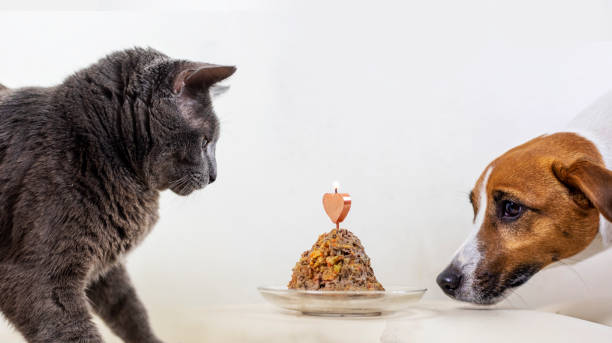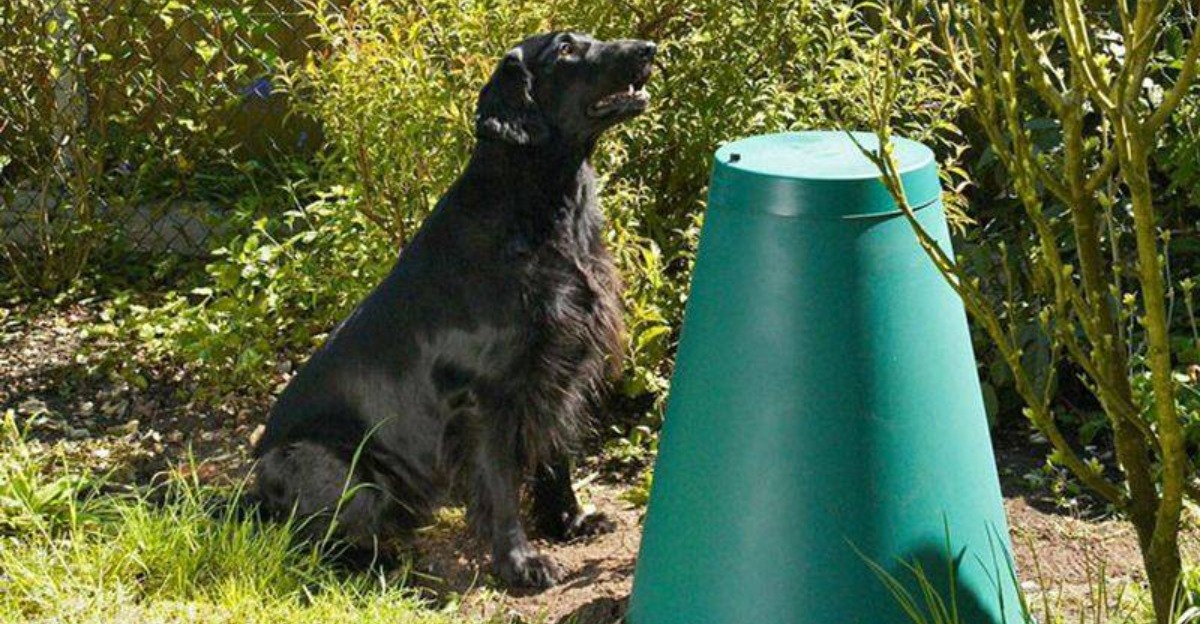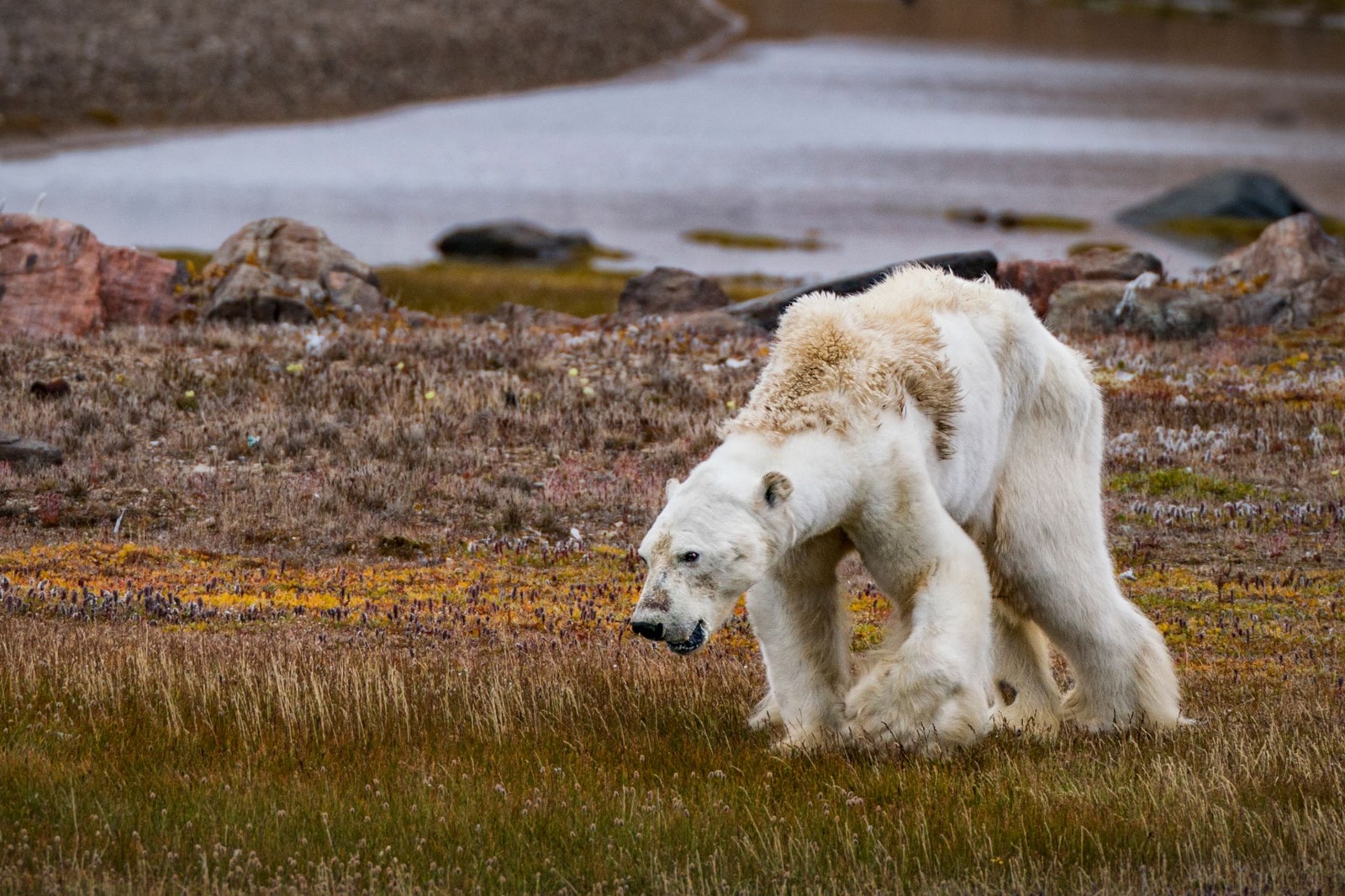
Nose Knows Best: How Smell Shapes Taste in Pets—and What It Means for Mealtime
Discover how your pet’s powerful sense of smell influences their food preferences, impacts appetite, and transforms mealtime experiences—unlocking secrets to happier, healthier feeding routines.
🐶 Pet Star
23 min read · 16, Jun 2025

The Critical Role of Smell in Pet Taste Perception
When we think about taste, the first sense that often comes to mind is taste buds on the tongue. However, for pets—especially dogs and cats—smell plays a far more dominant role in how they perceive food. Unlike humans, who rely on a combination of taste and smell, pets depend heavily on their olfactory system to determine whether food is appealing, safe, and nutritious.
The connection between smell and taste in pets is complex and deeply rooted in their biology. Their olfactory receptors outnumber ours exponentially—dogs have around 300 million receptors compared to our mere 5 million. Cats, while not as olfactorily advanced as dogs, still depend on scent to evaluate their environment, including their meals.
How Smell Influences Taste in Dogs and Cats
The Olfactory Advantage in Dogs
Dogs' superior sense of smell allows them to detect subtle differences in the aroma of food. This detection directly impacts their taste experience. While humans identify flavors through taste buds detecting sweet, salty, sour, bitter, and umami, dogs experience a far more intricate sensory analysis primarily driven by scent.
Their noses guide them toward foods rich in protein and fats—critical components of their carnivorous diet. Research shows that dogs can detect specific volatile organic compounds in meat that trigger their appetite and enhance perceived flavor. This olfactory stimulation makes a bland kibble seem palatable or a spoiled treat unappealing.
Cats and the Aroma Connection
Cats have fewer olfactory receptors than dogs but still rely significantly on smell to identify food quality and suitability. Cats are obligate carnivores, which means they require certain nutrients only found in animal tissue, and their keen noses help them seek out these essential foods.
Interestingly, cats lack taste receptors for sweetness, which aligns with their carnivorous nature. Their attraction to food is heavily influenced by smell, especially compounds associated with amino acids and fats.
What This Means for Mealtime: Enhancing Pet Food Appeal
Aroma as a Key Factor in Palatability
Pet food manufacturers invest heavily in developing flavors that appeal to animals’ olfactory senses. The aroma of pet food often contains enhancers like animal digest, which releases scent compounds attractive to dogs and cats.
Studies indicate that increasing aroma intensity in pet foods improves consumption rates. For picky eaters or pets with reduced appetite, foods with stronger scent profiles can stimulate interest and encourage eating.
Heating and Moisture: Boosting Scent and Taste
Warm food releases more aroma compounds, explaining why many pets prefer their meals slightly warmed. Similarly, wet or moist foods often smell more appealing than dry kibble due to the volatility of scent molecules in moisture-rich environments.
Pet owners can enhance mealtime enjoyment by slightly warming food or mixing dry kibble with a small amount of wet food or broth to release enticing aromas.
Understanding Pet Preferences: The Science Behind Selective Eating
Age and Health Influence Smell Sensitivity
As pets age, their olfactory sensitivity can decline, which affects their appetite and willingness to eat. Diseases such as upper respiratory infections or dental problems can also impair a pet’s sense of smell, leading to decreased food intake.
Veterinarians often recommend aromatic, flavor-enhanced diets for older or sick pets to maintain adequate nutrition during recovery or aging.
Breed Differences and Individual Variation
Certain breeds, especially scent hounds like Beagles and Bloodhounds, exhibit stronger responses to food aromas. Conversely, breeds with shorter snouts may have less olfactory capacity, affecting their taste experience.
Individual preferences also play a role. Just like humans, pets can develop likes and dislikes based on early exposure to different food aromas and textures.
Tips for Pet Owners: Maximizing Mealtime Satisfaction Through Smell
Use of Aromatic Supplements and Toppers
Adding natural toppers like cooked chicken, pumpkin puree, or a sprinkle of nutritional yeast can amplify aroma and entice picky pets. These additions provide new scent cues without drastically altering the diet.
Some veterinarians recommend commercial aroma enhancers designed to improve palatability, especially for pets recovering from illness or surgery.
Maintaining Dental and Nasal Health
Since smell and taste are closely connected to nasal and oral health, regular dental checkups and hygiene are essential. Nasal obstructions, allergies, or infections can significantly reduce olfactory function and appetite.
Owners should monitor signs such as sneezing, nasal discharge, or reluctance to eat and consult a vet promptly.
Expert Insights and Recent Research Highlights
Dr. Michael Bennett, a specialist in animal sensory biology, highlights:
“Pets’ reliance on smell for taste means that any impairment in olfaction—due to age, illness, or environmental factors—can dramatically affect their nutrition. Tailoring diets and feeding environments to enhance scent is crucial for overall health.”
A 2024 study in Veterinary Nutrition Science showed that dogs exposed to foods with enhanced aroma compounds had a 25% increase in calorie intake compared to those fed standard formulations, underlining the practical impact of smell on diet adherence.
The Future of Pet Food: Innovations Targeting Smell and Taste
Personalized Nutrition Based on Olfactory Profiles
Advances in genetic testing and artificial intelligence are paving the way for personalized pet nutrition. By assessing an individual pet’s olfactory sensitivity and preferences, companies aim to formulate custom foods that maximize appeal and nutritional benefit.
This tailored approach could revolutionize how we feed pets, particularly those with special dietary needs or sensory impairments.
Sustainable and Natural Aroma Sources
As sustainability becomes a priority, pet food brands are exploring natural aroma sources derived from plant-based proteins and insect meals that mimic the smell profiles of traditional meats without environmental drawbacks.
Such innovations promise to align pets’ sensory needs with ethical and ecological considerations.
Conclusion
Understanding how smell influences taste in pets transforms the way we approach their nutrition and mealtime experience. Unlike humans, pets—especially dogs and cats—depend heavily on their olfactory senses to assess food quality, safety, and palatability. Their powerful noses detect intricate aroma compounds that guide not only what they prefer but also how much they eat. Recognizing the integral role of smell explains why some pets can be picky or suddenly lose interest in food due to illness or aging-related declines in scent sensitivity.
For pet owners, this knowledge is empowering. Small adjustments such as warming food, adding aromatic toppers, or rotating meals can enhance appeal and encourage consistent eating habits. Moreover, attention to environmental factors, dental health, and early exposure to diverse scents supports pets’ olfactory function and overall wellbeing. As scientific research and technological innovations progress, pet food formulation is evolving to better target olfactory receptors, opening the door to personalized nutrition that aligns with pets’ unique sensory profiles.
Ultimately, integrating an understanding of smell and taste into pet feeding practices promotes happier, healthier animals and deeper human-animal bonds. Mealtime becomes not just a routine but a sensory experience that supports nutrition, recovery, and emotional comfort. As pet parents, embracing the nose’s power unlocks new pathways to care, ensuring our furry companions thrive both physically and emotionally.
Q&A Section
Q1: Why is smell more important than taste for pets?
A: Pets have many more olfactory receptors than humans, making smell their primary way of assessing food, which significantly influences their taste experience.
Q2: How does aging affect a pet’s sense of smell?
A: Aging can reduce olfactory sensitivity, leading to decreased appetite and food interest, often requiring aromatic food enhancements.
Q3: Can warming food improve a pet’s appetite?
A: Yes, warming food releases more aroma compounds, making it more appealing and stimulating pets’ desire to eat.
Q4: Are all pets equally sensitive to smell?
A: No, breed, age, and individual differences cause variations in olfactory sensitivity among pets.
Q5: How does dental health influence smell and taste?
A: Poor dental health can cause pain or infections that reduce olfactory function, negatively affecting appetite and food enjoyment.
Q6: What can I do if my pet is a picky eater?
A: Try rotating foods, adding aromatic toppers, warming meals, and ensuring a calm feeding environment to stimulate interest.
Q7: Do cats and dogs have different smell preferences?
A: Yes, cats are obligate carnivores attracted to specific amino acid and fat-related aromas, while dogs prefer a broader range of protein and fat scents.
Q8: How does olfactory fatigue affect pets?
A: Repeated exposure to the same food aroma can cause boredom, leading to decreased appetite and selective eating.
Q9: Can illness affect my pet’s ability to smell and taste?
A: Yes, respiratory infections, allergies, and nasal obstructions can impair smell, reducing food interest.
Q10: Is personalized pet nutrition based on smell sensitivity possible?
A: Emerging technologies aim to tailor pet food formulations to individual olfactory preferences, improving diet acceptance and health.
Similar Articles
Find more relatable content in similar Articles

Composting Pet Waste: A Greener Way to Clean Up...
As pet ownership continues to .. Read More

How Climate Change Affects Wild and Domestic Animals...
Climate change is dramatically.. Read More

Sustainable Pet Products: What to Look for in 2025...
As sustainability becomes a ce.. Read More

Pets and Mental Health: The Science Behind Emotional H..
Discover the profound impact o.. Read More
Explore Other Categories
© 2024 Copyrights by rPets. All Rights Reserved.